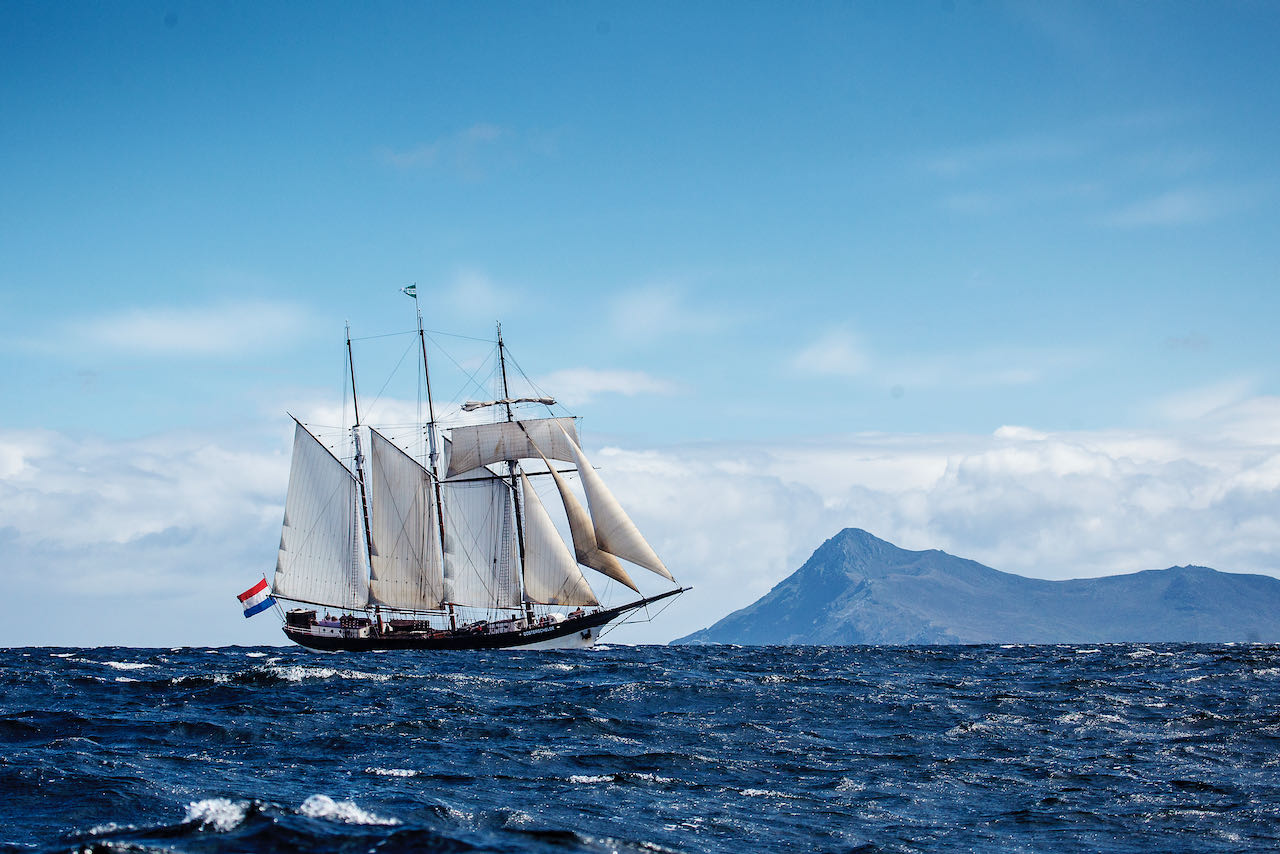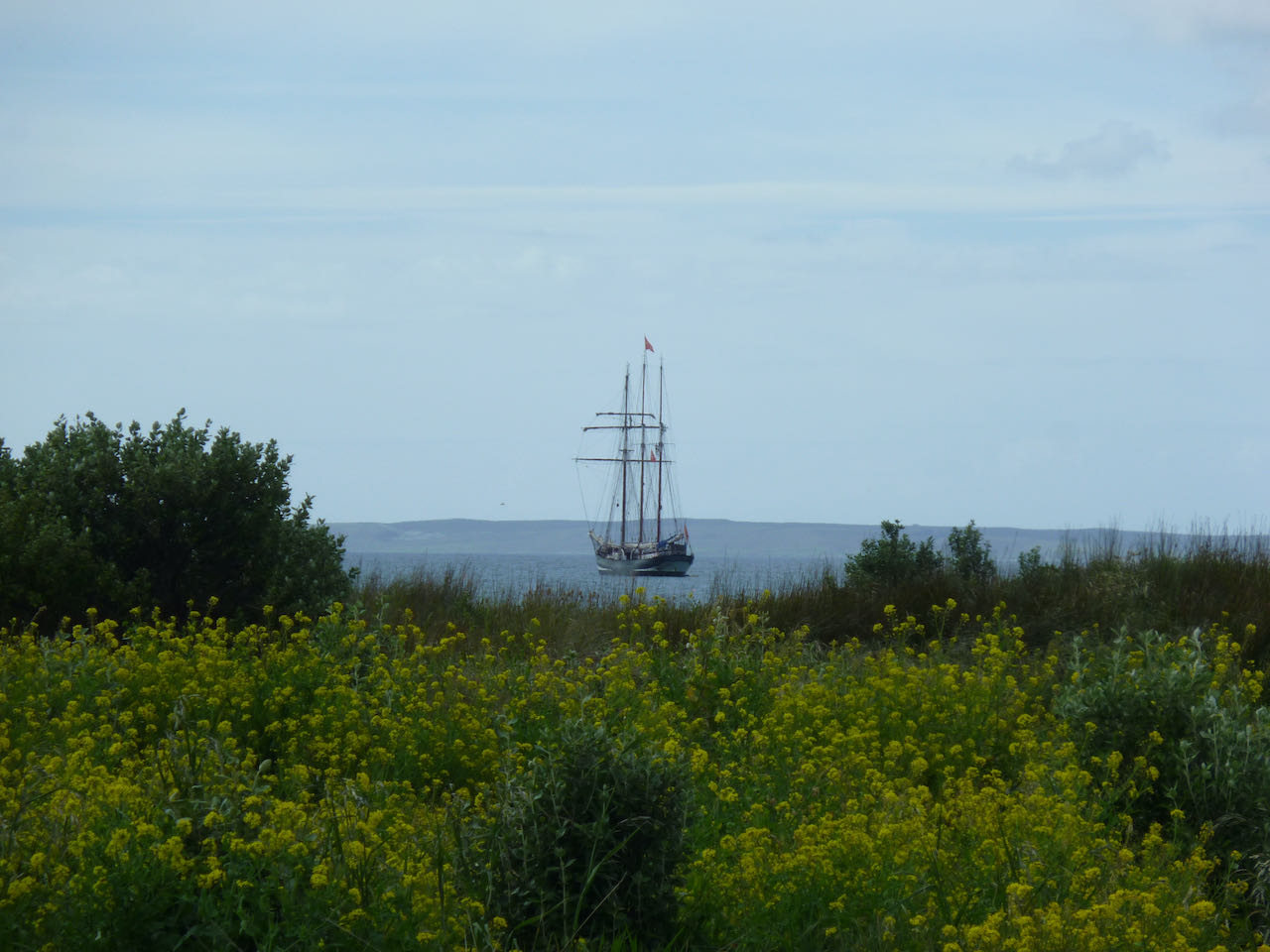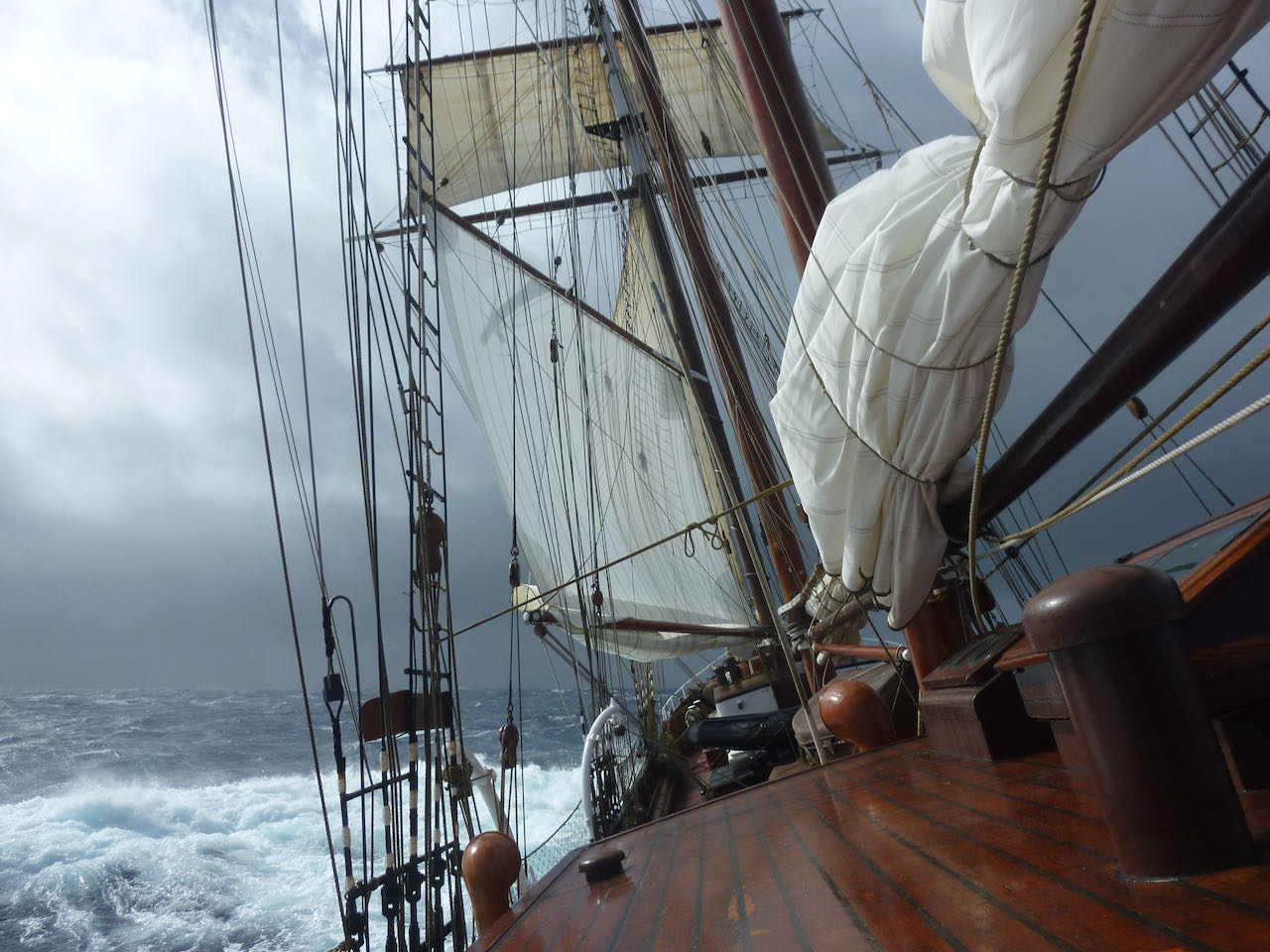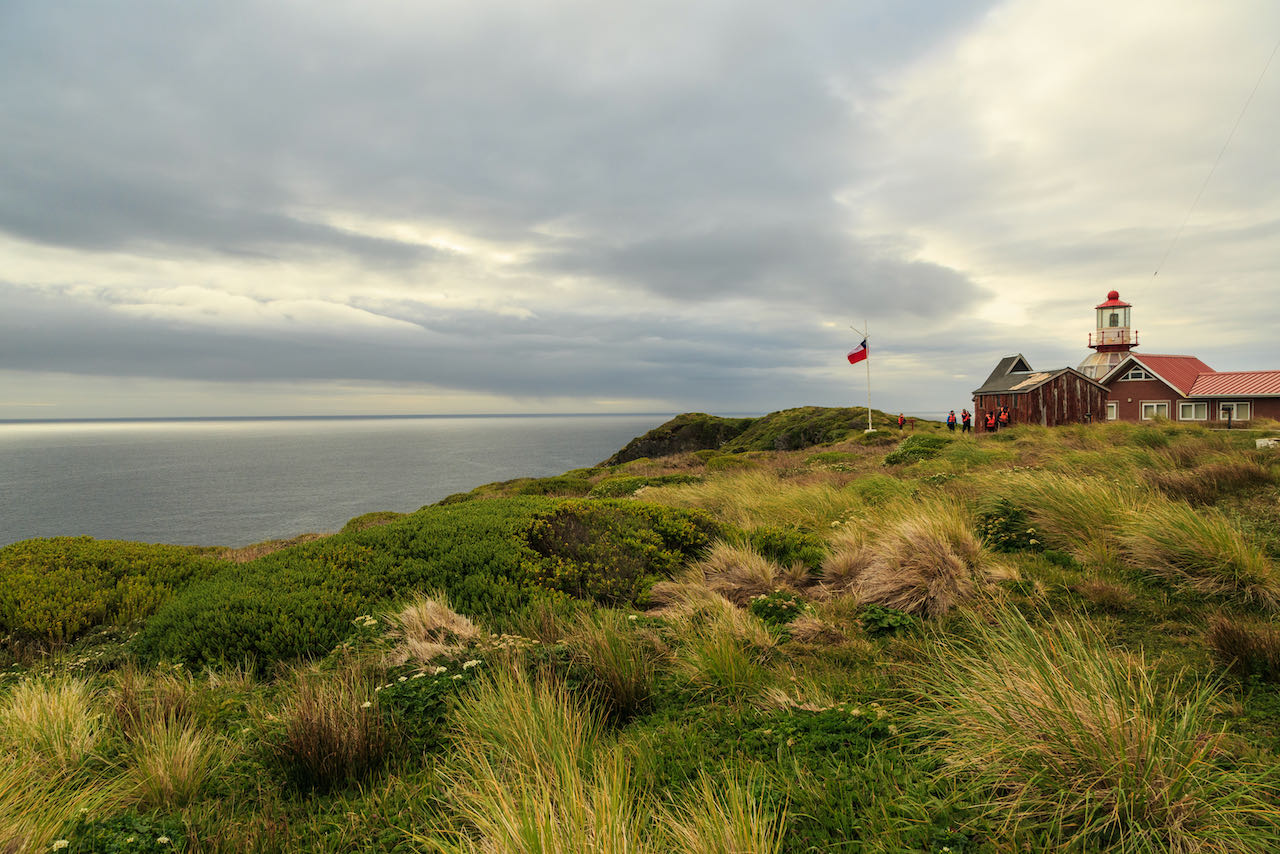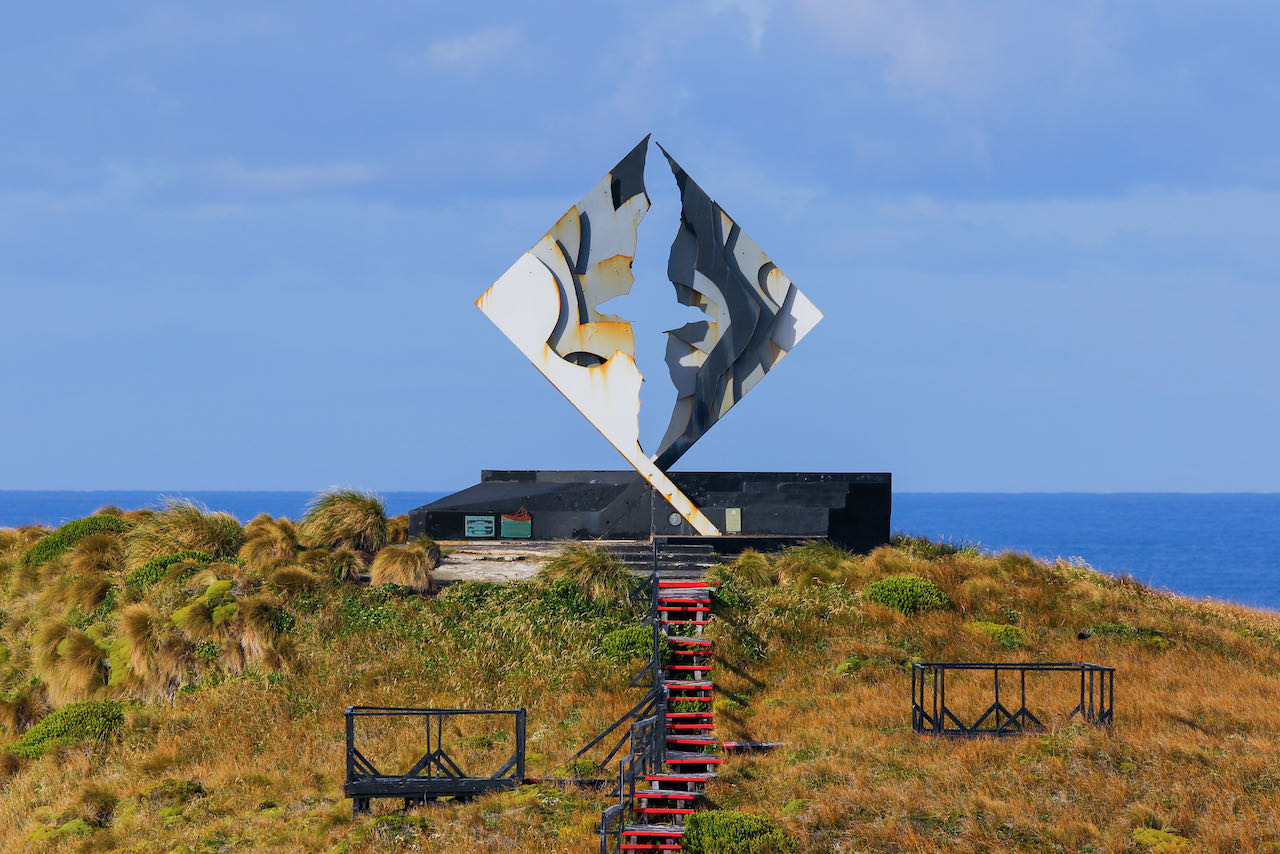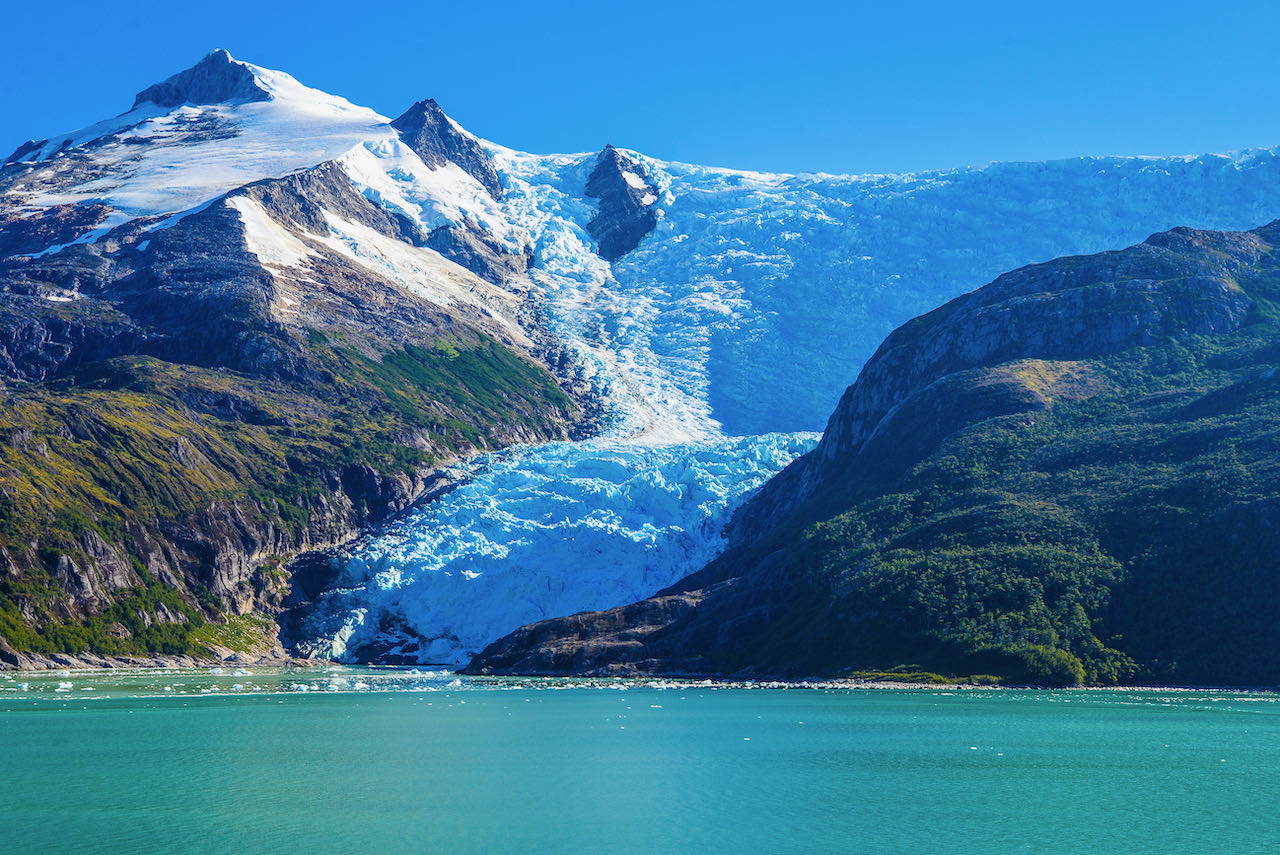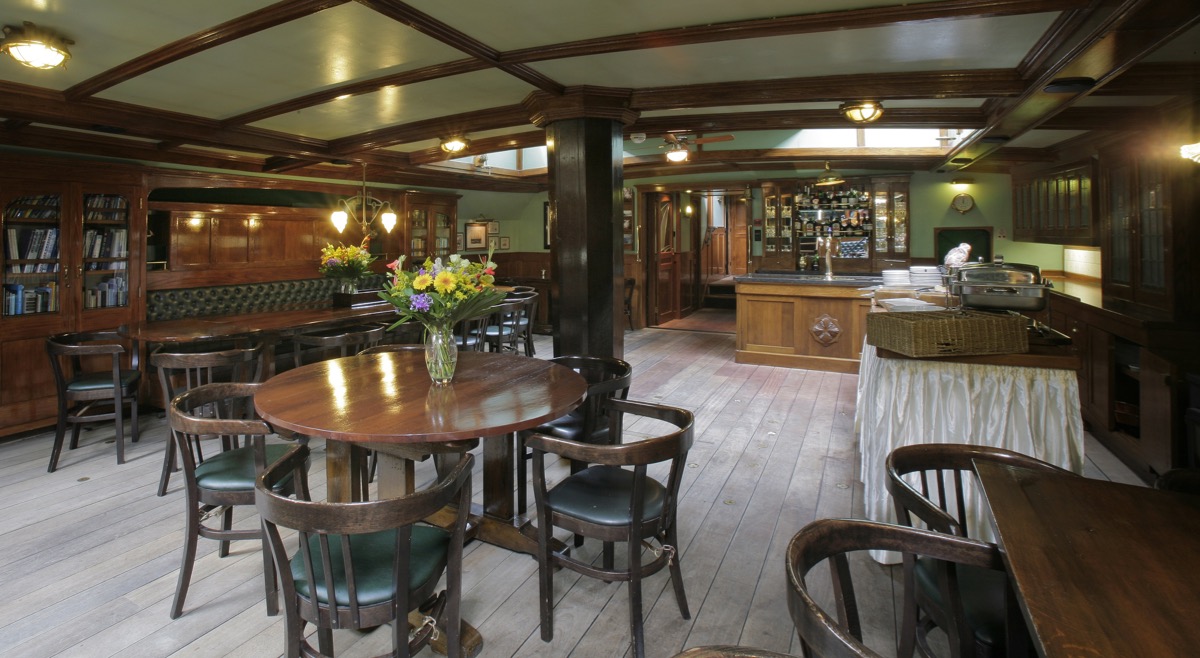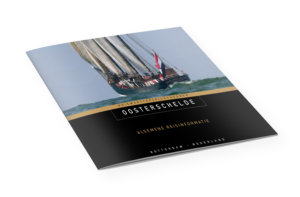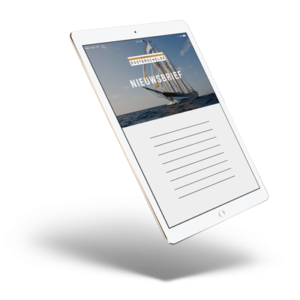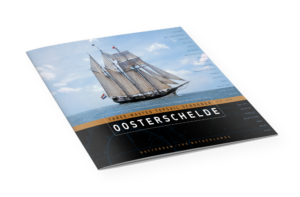Cape Horn
Sail legendary Cape Horn on the 27th leg of DARWIN200 from Lyttelton to Stanley.
NUMBER OF DAYS
EMBAR
02-01-2025, 17:00
Lyttleton, NZDISEMBAR
19-02-2025, 09:00
Stanley, FIPrice p.p.
Level
Step on board in Christchurch to sail Cape Horn, one of the three biggest achievements for sailors.
Voyage description
Rounding ‘The Storm Cape’ is for a sailor what reaching the top of Mount Everest is for the mountaineer. Countless books tell of the heroic voyages of sailing ships in earlier times. On this long voyage, we have plenty of time to read all those books again and to imagine the glory days of sailing.
The southern oceans are under the influence of the westerly wind. Water and waves are pushed up by this wind. Because there is nothing to slow down these waves, they can grow into huge mountains of water. The winds are often strong, and these latitudes (from 40 to 50 degrees south) are therefore nicknamed ‘Roaring Forties’. Cape Horn itself, lies even further south, in the ‘Furious Fifties’. The approaching waves are forced through the relatively narrow gap between the cape and the Antarctic Peninsula. Because the ocean here is relatively shallow, this can lead to dangerous seas, especially in stormy weather.
But it really isn’t all doom and gloom. If you want to go from west to east quickly, it’s just smart to do it as far south as possible. The distance to be covered is then smaller and you benefit from the westerlies. We do our voyage not only in the right season (summer), but we also sail from West to East, with the wind at our back. Moreover, with our modern means of communication we have a good overview of how the weather is developing. We can choose to go a little more to the South or to the North and thus avoid too extreme weather. Unlike in the past, we also know exactly where the ice line is.
Nevertheless, it remains a long and challenging journey, in which we are completely on our own. Perhaps that is still the biggest challenge: making sure that we personally do not interfere with each other too much, all these weeks. Fortunately, there is always something to do. Maintenance on the ship will have to be done, as best as sea conditions allow us. And during the long voyage we encounter whales, dolphins, penguins, and many albatrosses. After weeks at sea, Cape Horn looms on the horizon. Once we’ve passed this infamous rock, we can change course and sail on to the Falkland Islands.
Before and after your voyage leg
We strongly recommend you book a few days accommodation in the port of your embarkation (prior to your joining Oosterschelde), and a few days in the port you disembark (after your place on the voyage ends). This will allow you to recover before and after your adventure and will give you the opportunity to explore locations at your start and end points.
Land based tour organized by Redfern Adventures
Redfern Adventures has put together really focused itineraries that offer you the chance to explore the incredible Falkland Islands and the beautiful island of Saint Helena after you disembark or before you embark (depending upon which voyage leg you are joining). These itineraries are specifically designed to take in the best wildlife and historic tourist sites that these locations offer. The Falkland Islands and Saint Helena Add On Trips are organized separately from the DARWIN200 Global Voyage through the travel operator Redfern Adventures.
To reserve a place, please email sales@redfernadventures.com.
More than an Adventure!
By taking part in the Global Voyage, you support the DARWIN200 project. As part of your adventure, you will receive the following exclusive benefits:
- A full color, 300-page, hardback book as a momento of your adventure on board.
- A short video which will be filmed during each voyage leg.
- An invitation to the Start of Voyage Party in Plymouth on 13/08/2023.
- An invitation to the End of Voyage Party in Falmouth on 20/07/2025.
- An invitation to the DARWIN200 Concluding Award Ceremony in London in summer, 2025. Meet environmental celebrities, the young conservationists (‘DARWIN LEADERS’) and take part in a prize-giving ceremony.
- Acknowledgement and thanks by name on all DARWIN200 output films throughout the global voyage (although anonymity will be respected, if requested).
- Free DARWIN200 Global Voyage branded T-shirt!
DARWIN200
Become part of DARWIN200, a planetary conservation initiative that will empower the next generation’s elite environmental leaders and engage millions of students worldwide in conservation projects. By taking part in the Global Voyage, you will be helping to make the DARWIN200 project a reality. For more information visit: www.darwin200.com.
Q & A sessions
Interested in joining? Join our live information session about the 2023-25 Global Voyage. Each Information Session is beamed via Zoom and includes an overview of the global voyage, information about each of the 32 voyage legs, a live walk around Oosterschelde (when her schedule allows) and a Questions and Answers exchange.
Join the next info session via www.darwin200.com/info.
We would like the ‘Oosterschelde’ to be accessible to everyone, but making a sea voyage aboard a sailing ship can be challenging and you must be sufficiently fit and healthy to do so. We divide all trips into three levels with an icon of one, two or three waves. Not every level is suitable for everyone. The shipping company may contact you to discuss your participation. In an extreme case, the shipping company may advise against going on a particular trip. Are you unsure if a particular trip is suitable for you? Then contact our shipping office to discuss it.
Level 1 voyages are suitable for anyone with good mobility and health. Often these voyages are in sheltered areas or close to the coast. However, it is still a journey on a sailing ship, at sea and so you must weigh up for yourself whether you can cope.
Level 2 voyages are often heavier or further from home. You must be able to cope well under sometimes challenging conditions, but in case of need, the ship can be in a port within 24 – 48 hours. There is no age limit, but you may be asked to provide additional proof of fitness or health.
Level 3 voyages are only for the experienced and fit sea traveler. The weather can be challenging and there are no ports to call at, along the way. We are out of helicopter range and medical care from shore is not available. These trips are open to people up to 73 years of age, and you may be asked to provide additional proof of fitness or health.
Reservation
Cape Horn
| Ship | Oosterschelde |
|---|---|
| Price p.p. | €7200 |
| NUMBER OF DAYS | 48 |
| EMBARKATION DATE | 02-01-2025 |
| EMBARKATION TIME | 17:00 |
| EMBARKATION PLACE | Lyttleton, NZ |
| DISEMBARKATION DATE | 19-02-2025 |
| DISEMBARKATION TIME | 09:00 |
| DISEMBARKATION PLACE | Stanley, FI |
| Level | 3 |




